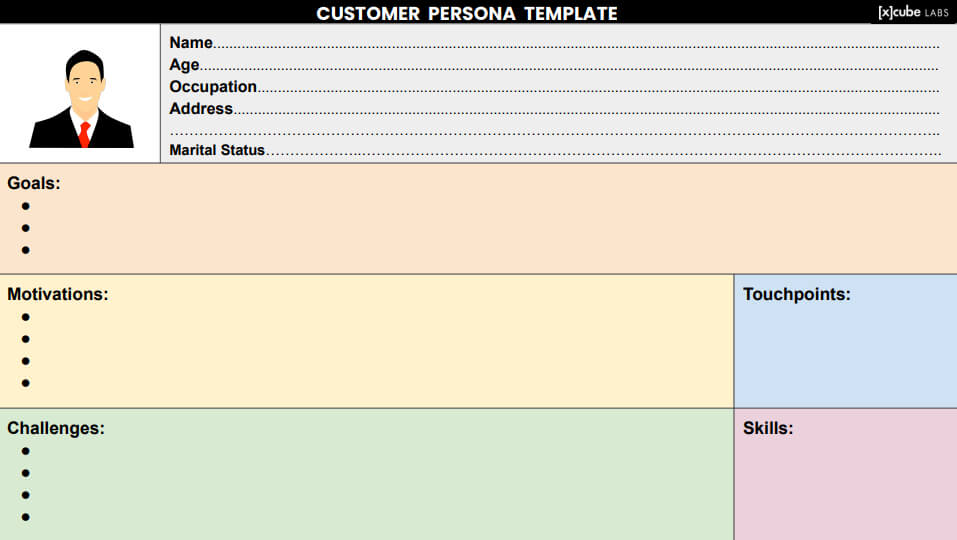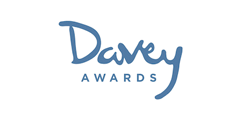 1-800-805-5783
1-800-805-5783 An effective customer journey framework is designed by not just one perspective with a limited view of the entire customer journey but a broader approach involving inputs from multiple stakeholders. This includes, but is not limited to marketing heads, product heads, customer service heads, c-suite leadership and customers.
On a surface level, the customer journey might appear to be just about a customer mapping process, personal building, or identifying potential loopholes. But what goes behind creating sustainable and engaging experiences driven by long-sighted strategies includes a lot more. At [x]cube LABS, we give you a 360-degree approach to the customer journey framework enabling you to achieve maximum results.
Get a clear understanding of your customer’s perspective. We believe that dictating one customer journey for all your customers doesn’t work. That drives us to build experiences that are more contextual, personalized, and relevant
We understand that there are multiple facets of how value is measured and delivered. Your organization’s value-centric approach won’t matter if it isn’t aligned with how your customer perceives value. This drives us to go a step ahead and build products that are truly value-centric from a customer’s perspective
Your early adopters may have a hundred reasons to abandon your product at an early stage and pass on reviews that will make it difficult for you to acquire new customers. With an in-depth approach to the customer journey framework, you eliminate those reasons and improve your chances of success
We treat the customer journey framework as an iterative and continuous process. We also leave scope for divergence from the planned path that gets us the edge to add incremental value along the way without being inflexible
Before you can dive into creating your map, you need to define your goals and target persona. Persona is a fictitious customer with all their demographics, goals, and motivations of an average customer. The persona should be defined in real-time collaboration with your teammates and should include all customer data such as demographics, skills, touchpoints, goals, motivations, and pain points.

Based on the persona, define how, when, and where customers discover your company, research your products or services, choose you over competitors, purchase from you, and maintain a relationship with you. Stages are the backbone of the customer journey. You can define steps by understanding customer goals.
Let's take a customer journey in a retail store. Put yourself in the customer's shoes and think of all the possible touchpoints and channels that are likely to go through in the store. Having a list of touchpoints and channels, you can quickly come up with the names for the customer journey stages.
Touchpoints and channels are essential elements when it comes to mapping the journey. A touchpoint is a moment in time when an interaction happens between a customer and your business such as product demonstrations, signing up for a newsletter, booking a flight, etc. while channels are the medium of communication between the company and the customers such as phone calls, social networks, website, live chat, etc.
Data can be collected via interviews with users and customers, online surveys, team discussions, and observations. Typically, a customer journey map is created using data from primary research, such as personal interviews, focus group sessions, brainstorming and shadowing, and secondary research such as gathering and collaborating over information from databases within the organization, websites, social media, and so on. Techniques used are brainstorming, usability testing, business model canvas, experience mapping, mind mapping. The important thing here to consider is to reach out to the actual customer with the right questions to ask. Some of the questions can be:
Moment of truth (MoTs) is an essential element of the customer journey map. MoTs represent points in a customer journey when an event occurs, and that shapes the opinion about your company. These can be touchpoints where your customer either forms a positive or negative perspective about the company. These moments define whether the customer will retain or not.
Once you have all the information required, visualize, and add the information on the map. You now have an inventory of resources and highlight the points you'll need to add in the customer journey. Combining all the data into the map, you will have your first draft of the customer journey. Your map should be constant work in progress. Review it on and make necessary changes. This will help you identify the gaps and opportunities for improvement. Using a customer journey map can allow you to predict how these touchpoints impact your business and derive value.
With our expertise in providing customer experience services and creating customer journey maps for our clientele, we have put together a clean and easy to use template for you.

How We See Customer Journey Mapping
Customer journey might appear to be a combination of the journey mapping process and experience design, which isn’t entirely wrong, but definitely limited. When approaching the customer journey, we look at technical, human, and business processes to craft a robust and exciting experience

Empathizing
Listening to the voice of the customers, understanding their common pain points & gathering relevant data to gain valuable insight which help in building empathy for customers

Non-linear progression
most customer journeys are complex and rarely progress linearly. Critical decisions can involve a cyclic loop from one point to another- and we follow that to ensure that there’s no miss in defining customer journey.

Measuring
Using insights to measure the impact of CX strategy and tactics on business and scale improvement capabilities

Operationalizing
Building and sustaining the momentum of customer experience tactics

Analyzing-and-Acting
Patterns & Trends Exploration, Data Visualization & Application using Insights
At [x]cube LABS, we believe that setting the foundation strong goes a long way, which is why we also focus strongly on the preparation required to start with the customer journey mapping exercise. Here’s our 3-steps approach to getting started with the customer journey:

1. Know your customer
The most important thing that needs to be answered here is how they would behave in different situations. In this step, we must have answers to questions such as:
2. Make Tradeoffs
During the course of this exercise, keeping in mind the value-centricity, we may also need to make some trade-offs. Here are some questions to answer in this step:


3. Scale
With long-sightedness, our approach leaves scope for future developments and how the insights from this exercise can be used to create a digital product business model as needed.
In this step, we need answers and clarity related to questions such as:
There is a lot to consider when you are creating a customer journey map, but the best way to map the customer journey is to take a walk in their shoes. Some of the tips to consider while mapping is:
At the end of this activity, you will have insights and clarity on:

As strategy consulting and execution experts combined, we understand end-to-end needs, challenges, and solutions of our clients and their customers. To that end, we provide a 3-steps approach that covers miniscule details comprehensively.
We conduct a digital maturity assessment. The insights gained from this assessment will help you evaluate your digital maturity, management practices and digital disruption readiness and give you a clear perspective on what you should do and how you can prioritize your activities and plan for the future
We conduct a digital maturity assessment. The insights gained from this assessment will help you evaluate your digital maturity, management practices and digital disruption readiness and give you a clear perspective on what you should do and how you can prioritize your activities and plan for the future
We conduct problem solving workshops that help you define your problem statement and go into a granular-level analysis of possible root causes, how to resolve them and translate ideas from the workshop into feasible solutions.
Hear what our clients have to say

"[x]cube has transformed a traditional manufacturing company such as Spa Electrics into a software company. They have the skill and confidence to build the product you need"

Mathew Rust
Product Manager, Spa Electrics

"What we appreciate about [x]cube is how well they have collaborated with us and all their teams, UX/UI, Development and others have created the best possible experience for our customers"

Missi Freimark
Marketing head, Lansinoh

“[x]cube LABS has taken our product and worked on it as if it was their own, creating something that we had never envisioned before!”.

Kevin
CEO of Titan International
Award Winning Digital Agency






Innovation Delivered for Global Enterprises
